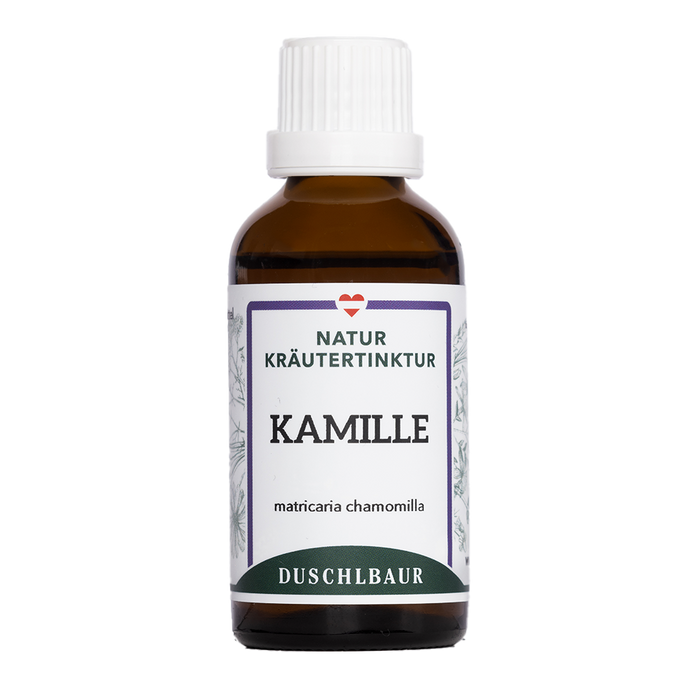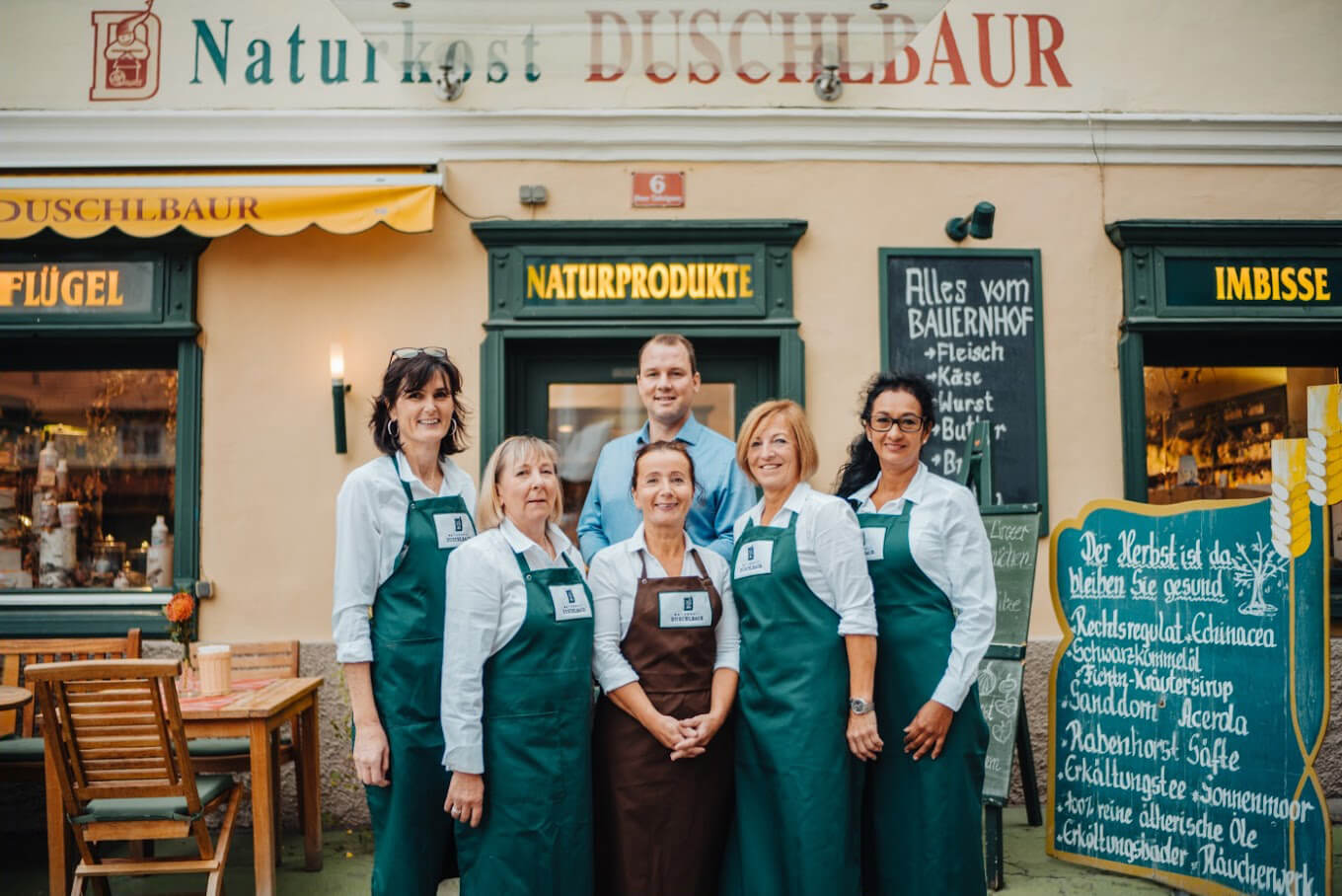The natural ingredients of theChamomile tincture dropsare:Water, alcohol, chamomile.
To produce these very valuable drops we use the herb with flowers.
Chamomile thrives undemandingly in fallow fields and along roadsides. Gardeners like to plant it in sunny spots. Due to its popularity, chamomile is also widely cultivated as a crop.
Even the ancient Egyptians revered chamomile as the flower of the sun god. Since the late Middle Ages, chamomile has been described in monastic herbal books as a "good herb." Even then, chamomile was included in bouquets to protect against misfortune and harm. For a long time, the custom of placing a bouquet of chamomile in the first haystack during the hay harvest continued to repel vermin from the grain.
Chamomile belongs to the daisy family. Its relatives include dandelion, marigold, and mugwort. The chamomile genus includes many species, among which chamomile is distinguished by its strong, aromatic scent (think of your chamomile tea!) and its downward-turned, white ray florets. Depending on its location, the annual chamomile grows up to 60 cm tall. The stem grows upright and branches multiple times. The feathery leaves are greenish-yellow. Between May and October, chamomile blooms in golden-yellow tubular flowers with bright white ray florets.







